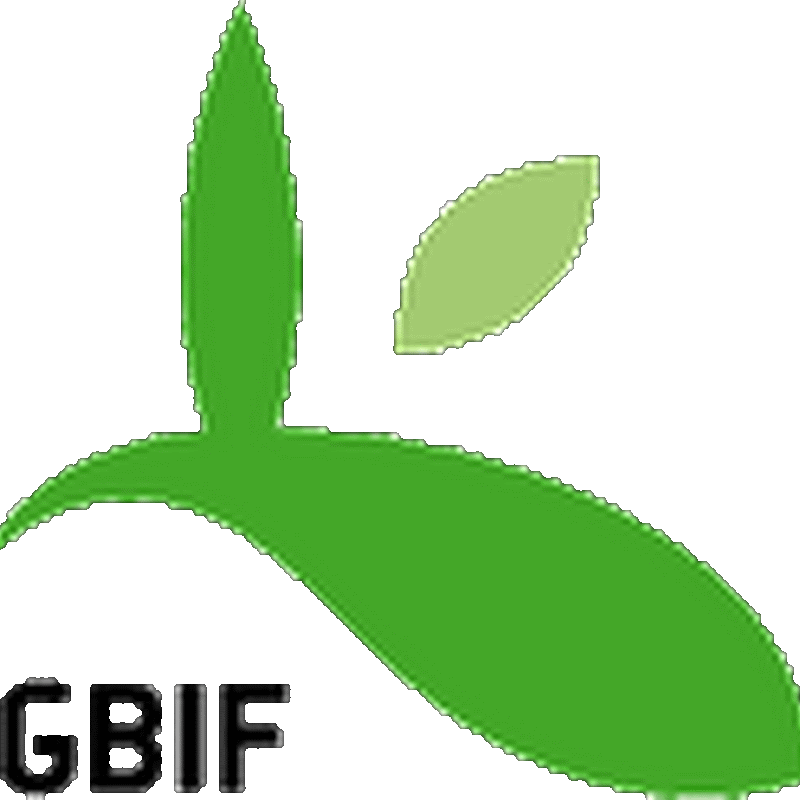
Brief update on yesterday's post about finding specimens in BioStor. BioStor has some 66,000 articles from BHL, from which I've extracted 143,000 cases of a specimen code being cited in the text. Of these 143,000 occurrences, 81,000 have been matched to an occurrence in GBIF.






